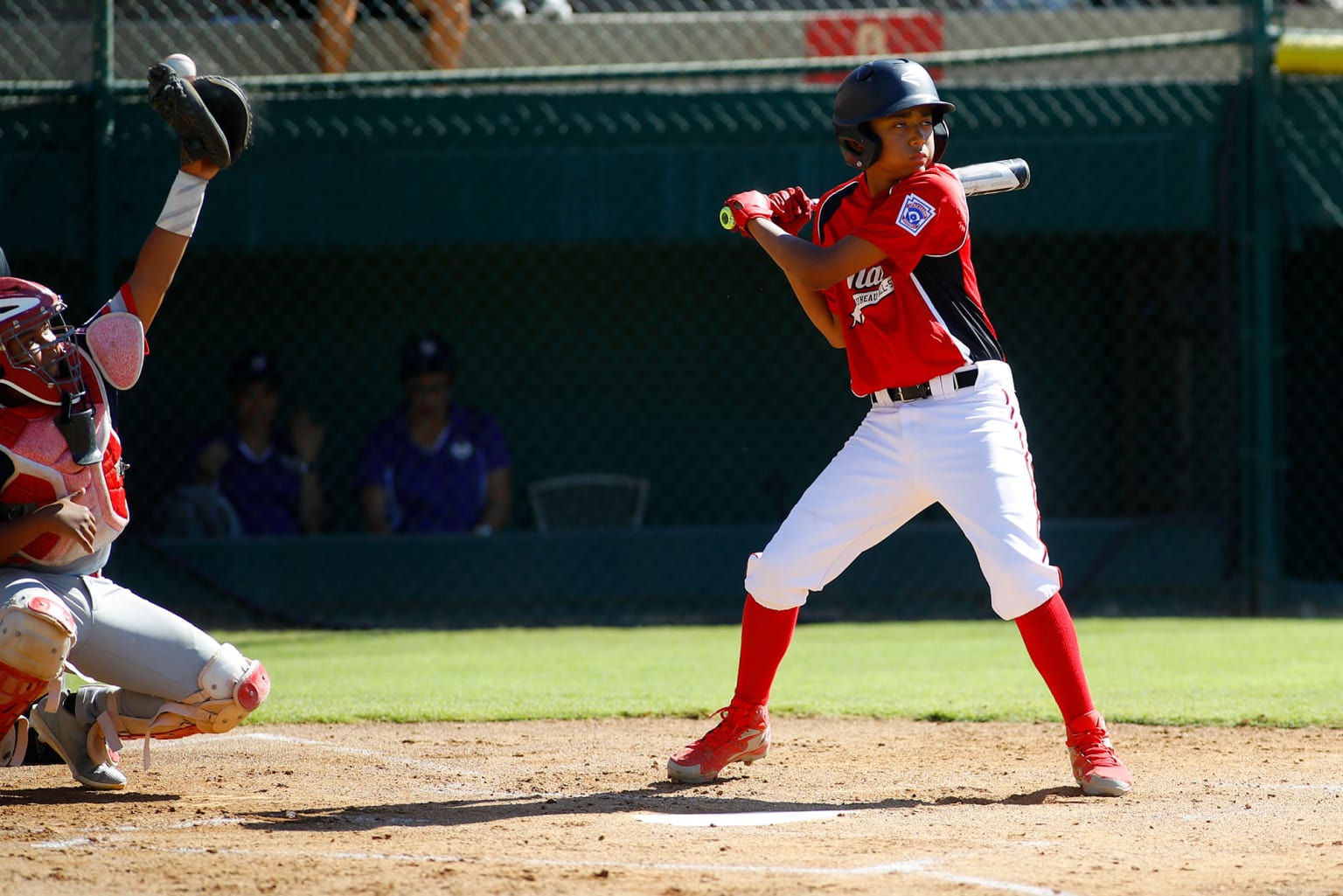
Situation
With the bases loaded and a count of two balls and two strikes on the batter in a Little League® Major Division baseball game, the next pitch is called a ball. However, prior to the pitch, the count was not confirmed, leading to confusion and the home plate umpire and offensive team believing that the pitch delivered was ball four. After receiving the apparent “ball-four” pitch, and with no clear call from the home plate umpire, the runners begin advancing, however the catcher moves down the third base line and tags the runner advancing toward home plate from third base. After tagging the runner, the catcher turns to the home plate umpire and states that the last pitch was only ball three and when the runner left third base he decided to make a play. The home plate umpire checks his indicator and realizes he had blown the count, and the catcher is correct. He calls the runner out, ending the inning. Before the defensive team leaves the field, the offensive manager approaches the home plate umpire asking for an explanation, claiming his runner would not have left base if he had not been required to advance based on the walk being issued to the batter-runner.
Should the home plate umpire change his call and award first base, making the runner able to advance home without risk of being put out, because he mistakenly called “ball four?”
Explanation
The out counts and the half inning is over. The out recorded by tagging the runner advancing from third base stands because the ball remained live, even though the batter-runner was assumed to have walked, forcing the runner to move toward home plate. If the plate umpire or his partner(s) would have recognized the error at that moment and called “time” before the tag was made by the catcher on the runner, and the batter-runner reaching first base, the runners would be reset and the batter-runner returned to the batter’s box to complete the at-bat. It’s also important for umpires to clearly state the count prior to the pitch being delivered. Per the current edition of the Little League Baseball® Official Regulations, Playing Rules, and Policies – Rule 2.00 – time: the announcement by the umpire of a legal interruption of play, during which the ball is dead. dead ball: A ball out of play because of a legally created temporary suspension of play.
Note: This situation is applicable in all levels of Little League play, except for Tee Ball where walks are not possible.